Basic recommendations for animal welfare in aquaculture

Many of the aquaculture practices such as transport, handling, feeding techniques, human presence, and stocking densities, potentially elicit acute and chronic stress responses.
Maria Filipa Castanheira, PhD, International Society of Livestock Husbandry (IGN): Fish welfare in aquaculture

1. Water quality
Water is the comprehensive habitat of a fish. All needs are satisfied in it and all expressions of life take place in it. The water quality is therefore crucial. It should always be kept in the optimal range.
Water quality in an aquaculture operation can vary seasonally and diurnally, and is also greatly influenced by flow rate, stocking density, and feeding.

2. Species-specific feeding
Feed must be species-specific, high quality and have all the necessary nutrients needed to grow and build a good immune system and stable health.
Moreover, the feeding method and frequency must ensure that all fish have equal access to food and that competitive behavior, which can lead to stress and injury, is avoided.

3. Fish handling
Many activities in aquaculture, such as fishing, weighing or sorting, involve the handling of fish. They are mostly inevitable and associated with stress for the farmed fish. Any handling should therefore be done infrequently, quickly and – if possible – in the water.
Fish pumps or automatic sorting and weighing systems usually entail less stress for a fish than avoidable handling.
In fish, states of chronic stress dramatically threaten the immune system, creating pathological conditions, which are very difficult to revert.
Dr. Leonor Galhardo, International Society of Livestock Husbandry (IGN): Fish welfare in aquaculture

4. Transport
Basically, any transport causes stress for aquaculture animals and should ideally be avoided altogether or kept as short as possible.
Even in transport containers that are watered and ventilated in accordance with animal welfare requirements, the density of the animals must be such that stress and deterioration of water quality are kept to a minimum.

5. Species-specific stunning and slaughter
In terms of animal welfare, a fish may in principle only be slaughtered after effective stunning.
The stunning method must be legally permissible, its effectiveness must be scientifically proven for the species concerned, and the stunning must be carried out in a professional manner. Slaughter must take place immediately after stunning and before regaining consciousness.
The basic recommendations are available in 12 languages and can be downloaded here.
